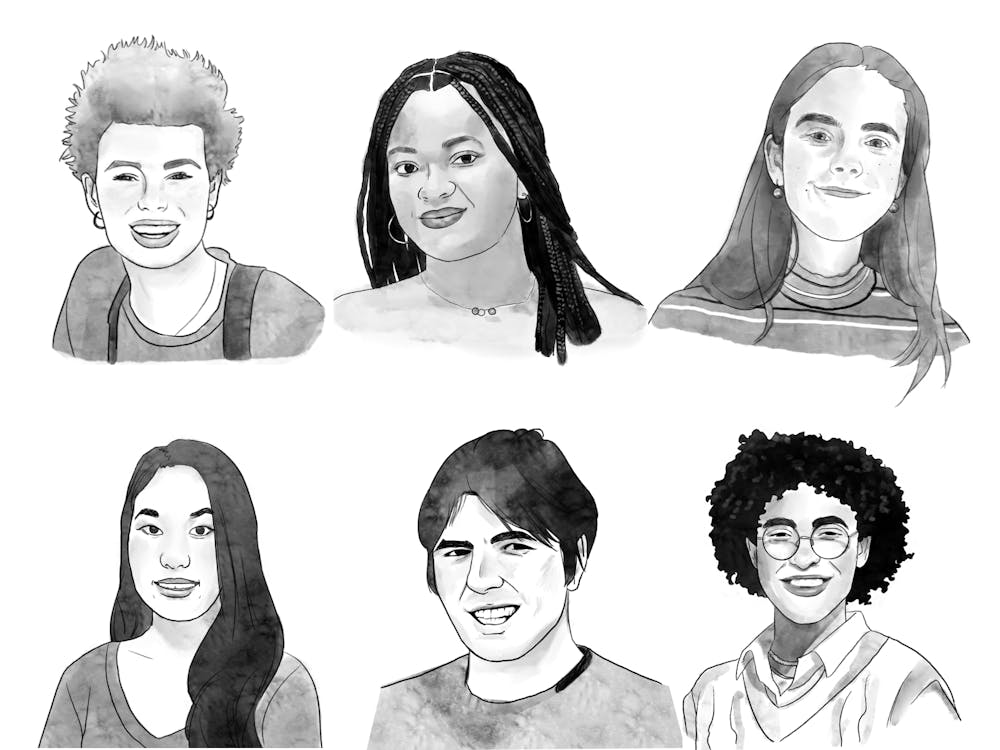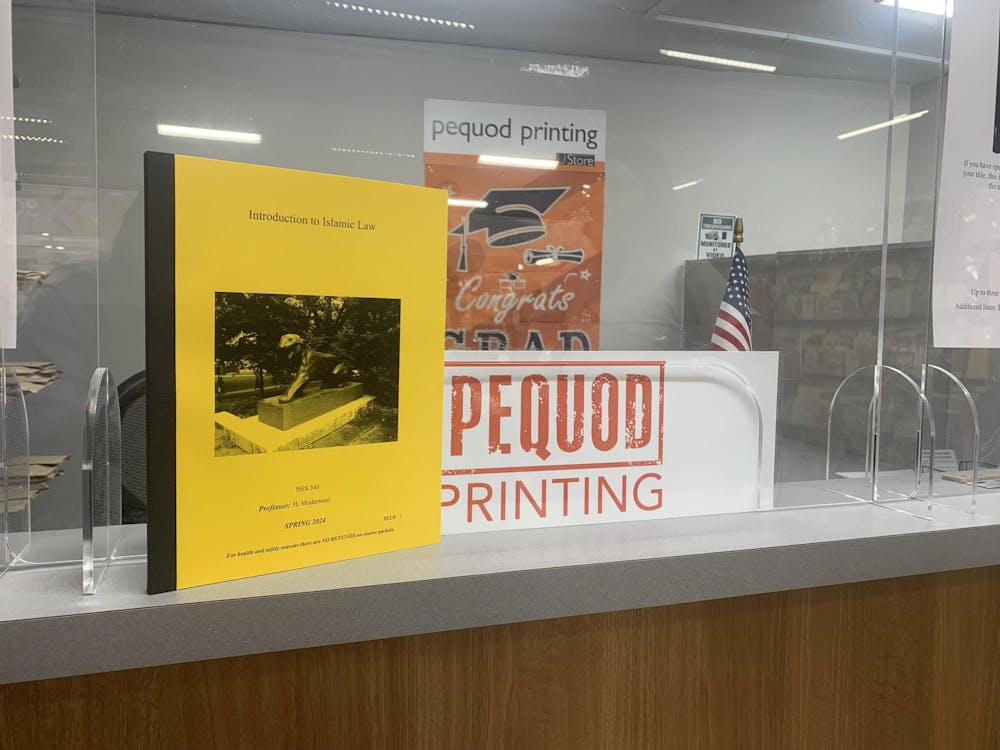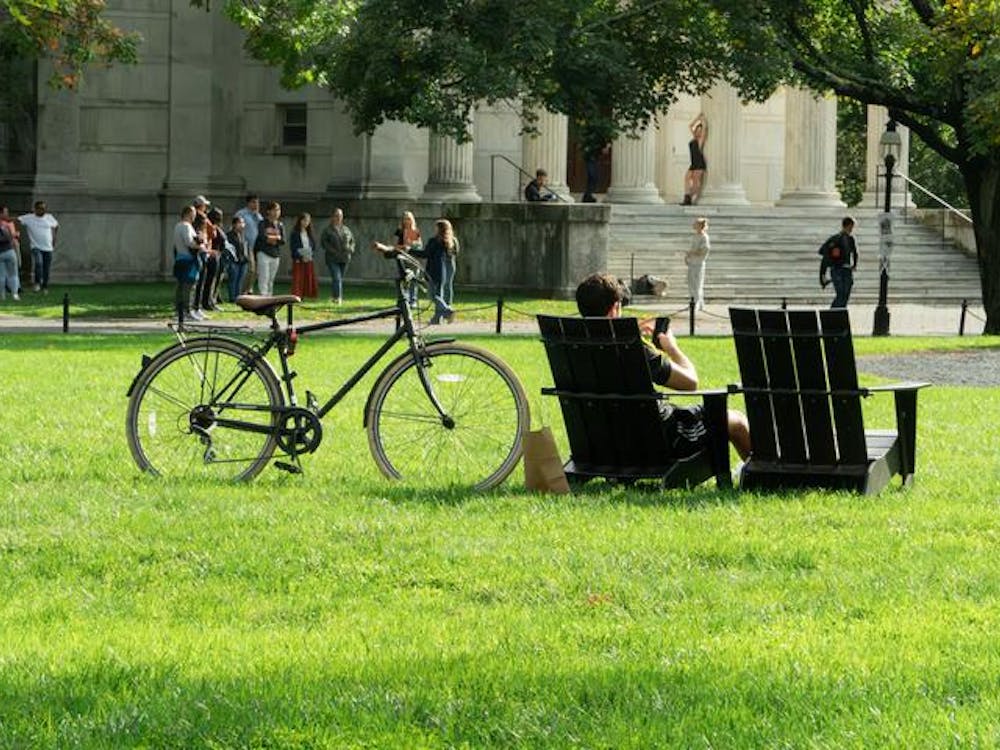Orange Key tours of Princeton’s campus best — and most frequently — present Princeton’s public narrative. A Presidents’ Day article on the legacy of Woodrow Wilson, Class of 1879, tackled some of the challenges of this narrative, depicting a tour guide, Charlesa Redmond ’17, who has grappled not with what she has to say on her tours, but with what she has left unsaid.
As one would expect, on her tours, Redmond talks about Wilson’s institutional legacy — a host of positive contributions, including the Wilson School. However, she leaves out details of Wilson’s other legacy — racist rhetoric and segregationist policies that reflected his discriminatory sentiments.
The article brought to mind a conversation I had with a friend, another tour guide, who told me that they had been instructed not to pass the art installation by McCosh Walk (a mock separation wall) last week, and, if she did take the group by the wall, not to answer any questions about it.
It seems normal that guides would not introduce the Wilson School with a polemic against the former University president’s racist policies, but the extent of this implicit censorship runs far deeper and is not an autonomous decision.
While Orange Key guides boast a degree of liberty in choosing their route, they generally follow a standard path and are expected to abide by the standards set forth in the official “Guide for Guides.” Caution and care are emphasized (arguably over-emphasized) in the selection of material presented to people on the tour, and sometimes certain topics may be recommended to be avoided altogether. Expressing personal opinions is adamantly advised against; honesty is encouraged, but hard-hitting criticism without mention of how the University has worked to address an issue is discouraged.
This is the paradox of Princeton — one of many, in fact. Another lies in the juxtaposition of buildings named after Wilson with debate among students, faculty and administration about his legacy. But this is a paradox to be highlighted, not covered up. Student activism, be it a sit-in, a wall or other form of protest, should not be a stigmatized point of discussion on tours, particularly in light of the public narrative presented by the media. Controversy should not be a defect or repellent, and a university with students, faculty and administration who engage with and respond to controversy should be a point of pride.
I get it — giving a tour is like selling a product, and to sell it effectively, one must present an appealing image. But it’s worth reconsidering the kind of image we are trying to portray to incoming classes. Is it an idyllic, G-rated, pristine Princeton? I understand censoring information on eating clubs, sugarcoating the elusiveness of high GPAs even after the reign of grade deflation or treating a culture of social climbing and exclusivity as taboo. Yet I cannot understand how dodging questions about activism and self-expression is supposed to draw high school students to apply to — and attend — Princeton.
More importantly, we must consider the kind of student we are looking to attract. Princeton aims to cultivate a community “In the Nation’s Service and in the Serve of All Nations,” and that should translate to active, engaged and critical students who partake in campus discussions and debates on various issues, including, but not limited to, racism, discrimination based on gender and sexuality, divestment and immigration.
Right now, we are preparing incoming students for disillusionment before they even enroll at Princeton. Instead, when guides take their tours by the Woodrow Wilson School, we should pose a counter-narrative, one that honestly acknowledges campus climate and displays the political and social dynamism of our community.
Sarah Sakha is a sophomore from Scottsdale, Ariz. She can be reached at ssakha@princeton.edu.









